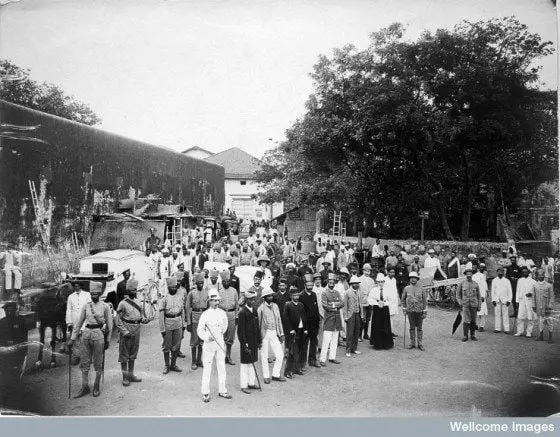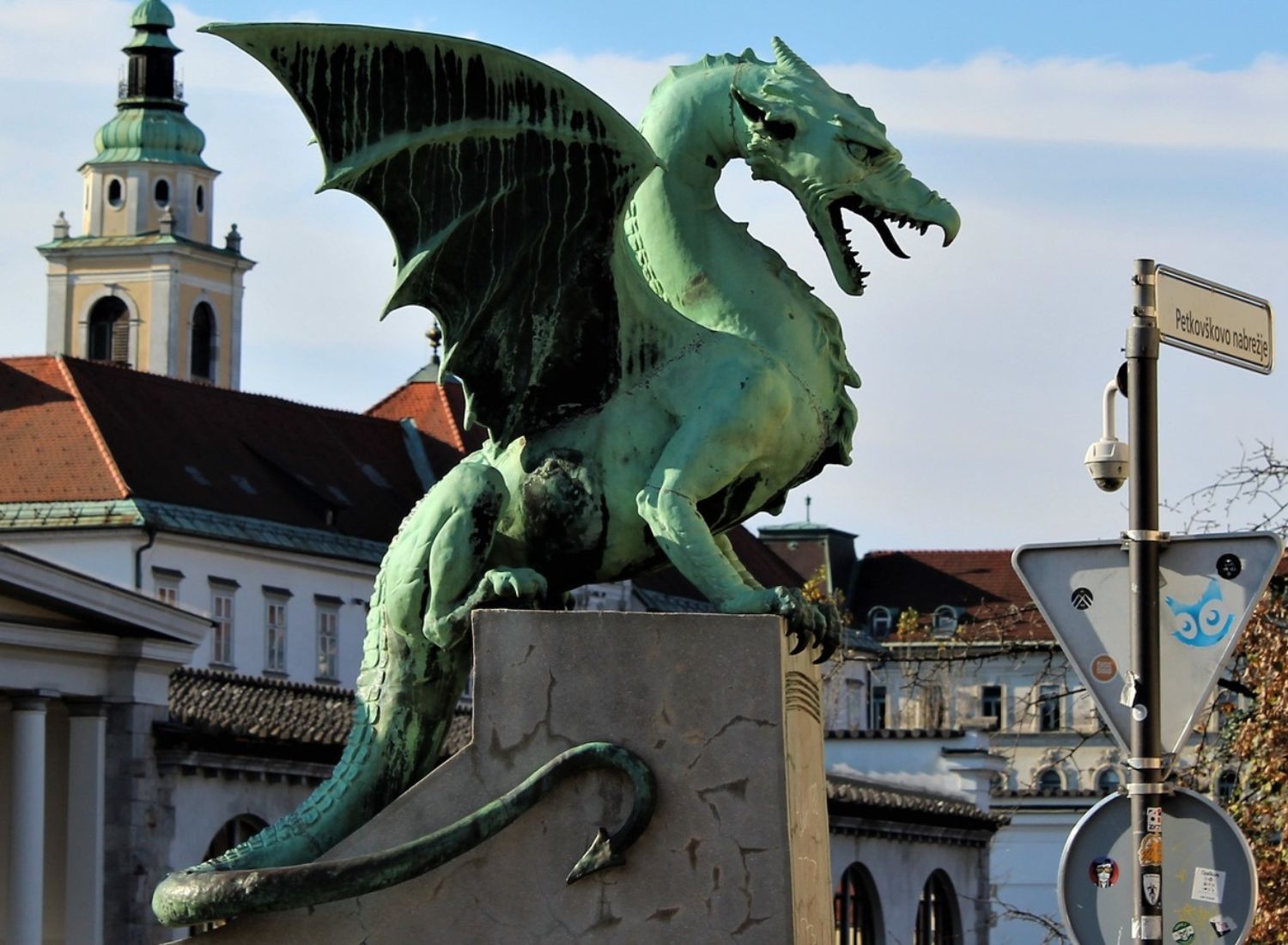The Bombay Plague May Be The Reason Why Cross On The Street Corners Exist
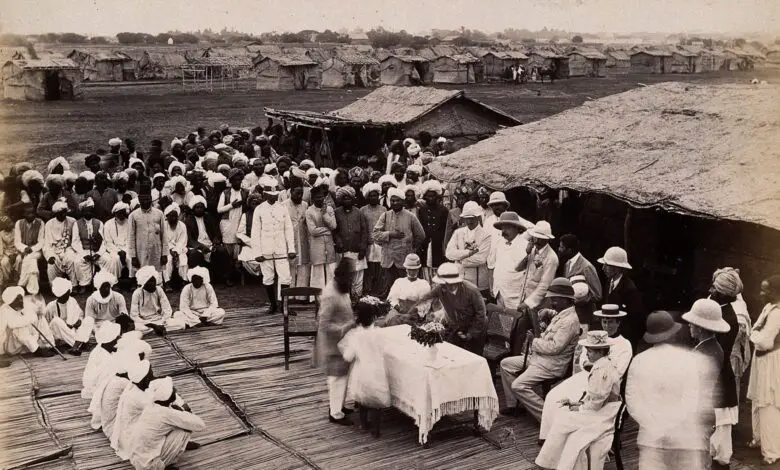
The by-lanes of Bombay or ‘Mumbai’, as we know it today, have been a witness to a lot of historical events from British invasion to floods, to terrorist massacres.
The Bombay Plague
One such event that has been long forgotten was the bubonic plague also called the ‘Bombay Plague’.
The epidemic of the Bombay Plague occurred in September 1896. The first case was reported in the Mandvi area.
However, it is absurd that the outbreak of the plague went unnoticed or rather untreated by government officials for months.
The first symptoms of swollen lymph glands were observed in the month of May 1896.
Nobody in the city had seen a case of the plague before 1896. The disease had a name and markers, but beyond that was just taking a chance.
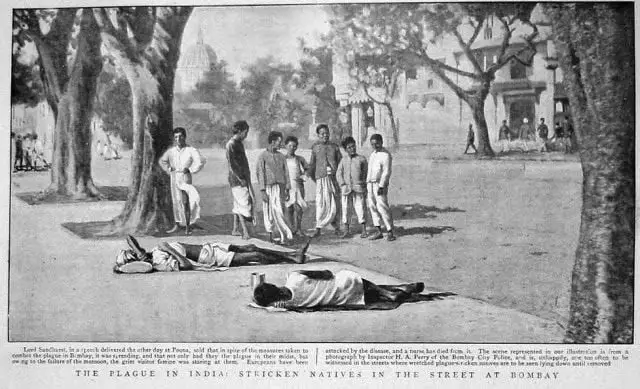
The doctors were not aware of how it could spread or what damage it would do. People lived in chawls back then and the disease spread was rapid.
So much so, that you might have just met a person a couple hours ago, and by the end of the day he was consumed.
The government of India was on a mission now to stop the spread of the Bombay Plague
They took drastic measures of destroying several hundreds of slums, prohibiting fairs and pilgrimages, and setting up isolations for the infected people.
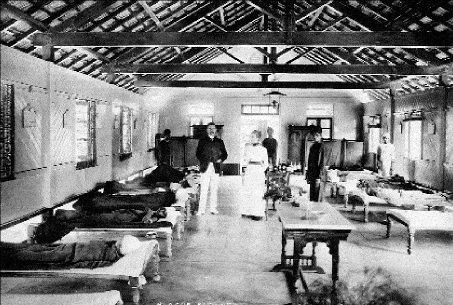
They also evacuated houses, de-roofed and sabotaged many of them. Some others were lime-washed and disinfected. Houses were searched and anyone with a minor of ailments was dragged to the hospital only to die of other infections.
The clothes were all burnt down and new clothes were provided to the survivors in the hope to save them. Physical examination of the body for the presence of lymphatic swellings was humiliating.
People were being examined on the streets. At railway stations, men and women were asked to get into separate queues for examinations.
In 1871 census, the population of Bombay was 8,20,000. 70% of them were immigrant workers.
Fifty percent of the population fled the city between Sept 1896 to Feb 1897, either to protect themselves from the disease or to escape the embarrassment.
This was a major setback for the economy. The death toll was estimated at 1900 people per week through the rest of the year. Also, the local inhabitants native to Bombay had nowhere to go. All they could do was live in fear and pray.
Few interesting remnants from the time of the plague that can be seen in the city are the Christian cross standing along the streets.
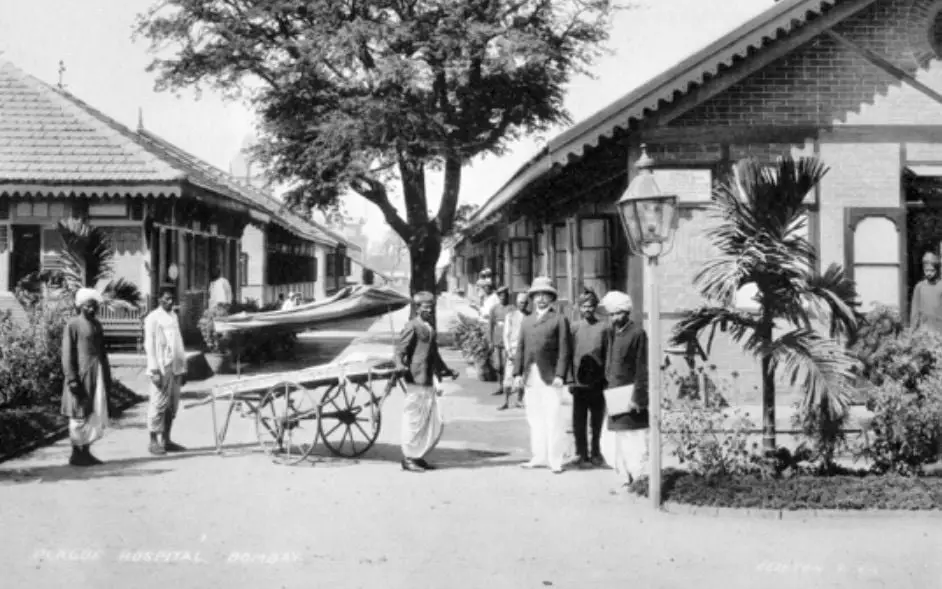
Rumor has it that the Concrete cross was put up by the locals outside their houses or in secluded areas in the faith to ward off the illness and for protection. Further, many such landmarks are seen even today in the Bandra suburbs.
If you liked the article, then do not forget to share with peers!

